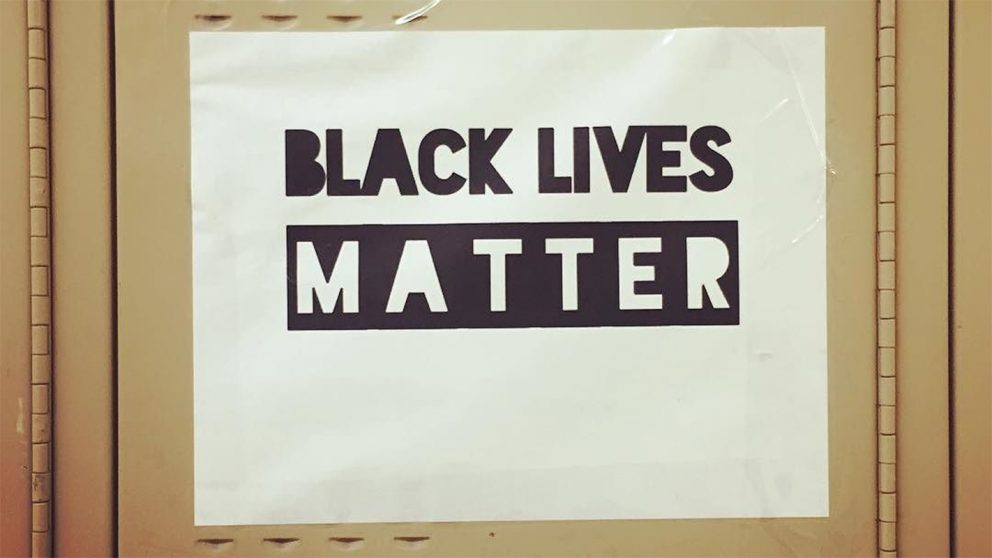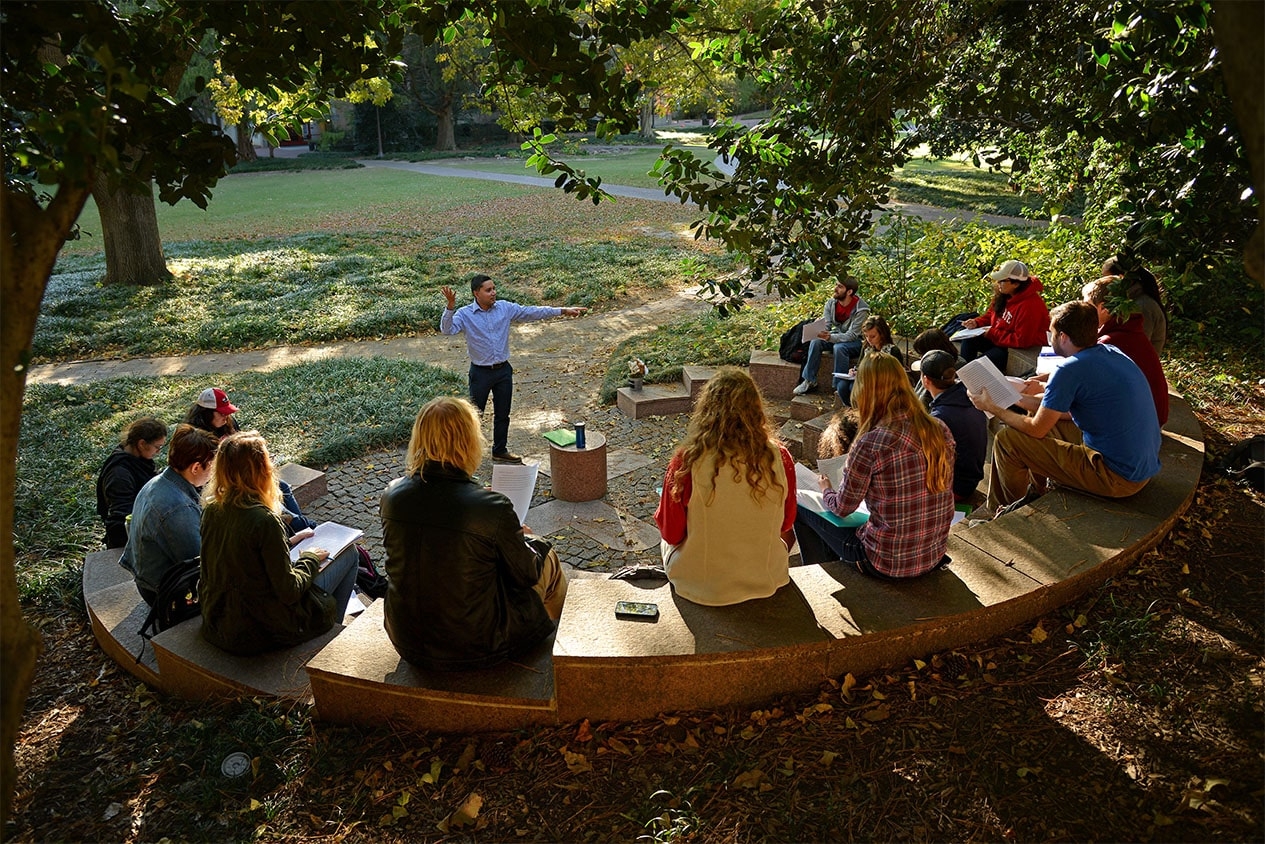Study Examines Student Involvement in Racial Justice Movements

A new study from NC State, the University of Chicago and the University of Michigan finds that women college students are more active than men in racial justice movements – and that what drives Black students to engage is different from what drives Latino students. The finding not only sheds light on how students support social action – but what higher education can do to support its students.
“We wanted to know how active Black and Latino undergraduates are in regard to advocacy for racial justice,” says Elan Hope, an assistant professor of psychology at NC State and lead author of a paper describing the work. “And we wanted to know what factors predict that advocacy.”
The researchers did this by focusing on two specific movements: the Black Lives Matter (BLM) movement and advocacy for Deferred Action for Childhood Arrivals (DACA) legislation.
The BLM movement began in 2013 in response to the murder of Trayvon Martin and gained momentum following the shooting of Michael Brown Jr. and the deaths of Renisha McBride, Freddie Gray, Tamir Rice, Laquan McDonald and others. The DACA movement seeks legislative change to address obstacles faced by immigrant youth. It gained momentum in 2010 with anti-deportation campaigns led by undocumented activists who sought citizenship for undocumented people born abroad but raised primarily in the United States.
For this study, the researchers surveyed 533 undergraduates at five universities – 221 Black students and 312 Latino students. Seventy-five percent of the Black students were women; 57 percent of the Latino students were women.
Study participants were asked whether they had been involved in the BLM and DACA movements, whether online, offline or both. Participants were also asked about their experiences with racial microaggressions, such as being singled out by police due to race or having experiences where people assumed every person of their race was alike.
Across all groups, the students were more likely to have been involved in the BLM movement than in DACA, and women were more likely to be active than men. Sixty-eight percent of Black women were active in BLM, compared to 54 percent of Black men. Meanwhile, 37 percent of Latina women were active in BLM, compared to 17 percent of Latino men.
But the factors that predicted each group’s involvement varied significantly.
For Black students, the primary predictor was whether they had previous experience with political activism – the more political activism experience they had, the more likely they were to participate in BLM. For Latino students, those who had experienced more racial microaggressions were more likely to be active in the BLM movement.
Latina women were the most active undergraduate group in the DACA movement, with 26 percent participating, compared to 10 percent of Latino men. Meanwhile, 21 percent of Black women were involved in DACA, compared to 17 percent of Black men.
Racial microaggressions again played a significant role, with Latino students who experienced more microaggressions being more likely to be involved in the DACA movement. In addition, Latino students who felt they had the power to effect political change were more likely to be active in DACA.
For Black students, previous political activism also predicted involvement in the DACA movement. But DACA participation was also closely tied to whether a Black student was a first-generation U.S. citizen, with first-generation students being more likely to get involved.
“This study gives us some insight into what is happening now – how these movements are shaping, and being shaped by, college students,” Hope says. “But there is also a message here for higher education broadly.
“Most university mission statements address public service, civic engagement and diversity,” Hope says. “This work highlights that undergraduate populations want to be involved in efforts to positively influence social change.
“This will, hopefully, tell school administrators that it makes sense to support their students – and their mission statements – by offering a variety of courses with a social justice focus, and providing workshops that teach best practices for race/ethnicity-related activism,” Hope says.
The paper, “Participation in Black Lives Matter & Deferred Action for Childhood Arrivals: Modern Activism among Black & Latino College Students,” is published in the Journal of Diversity in Higher Education. The paper was co-authored by Micere Keels of the University of Chicago and Myles Durkee of the University of Michigan. The work was supported by the William T. Grant Foundation under grant number 180804.

